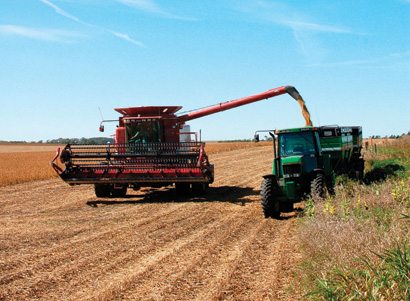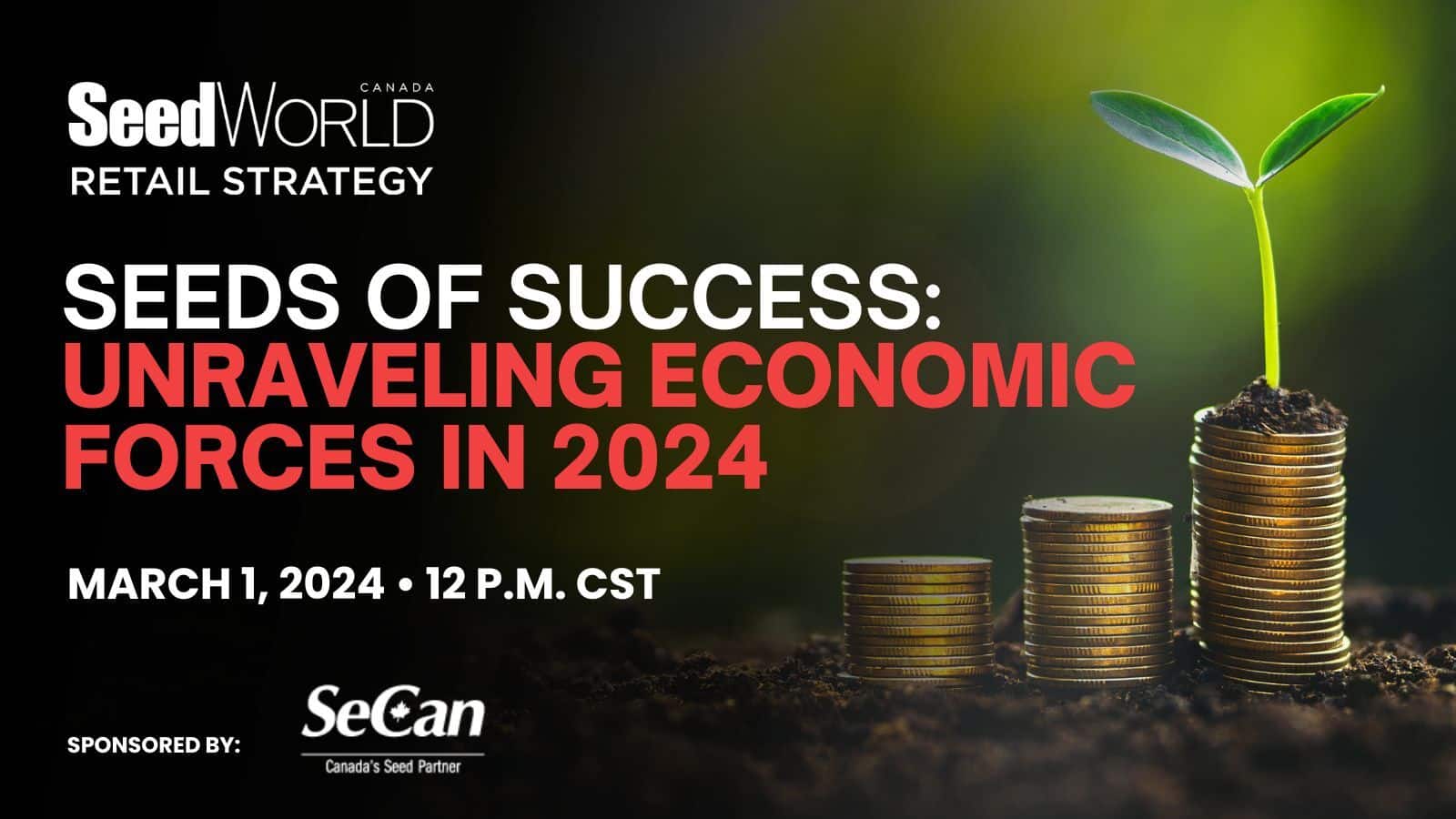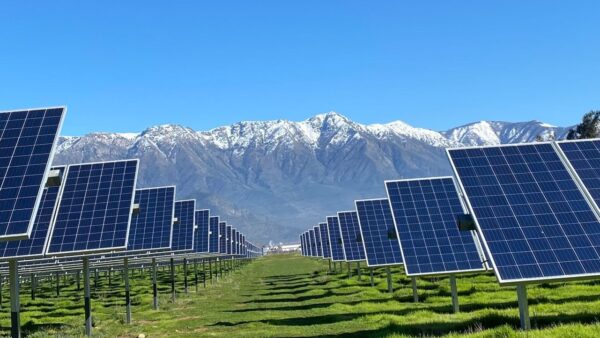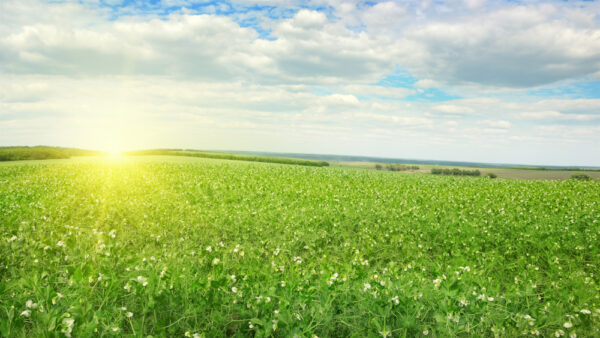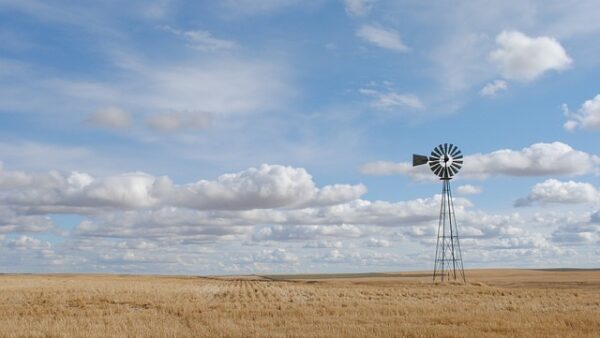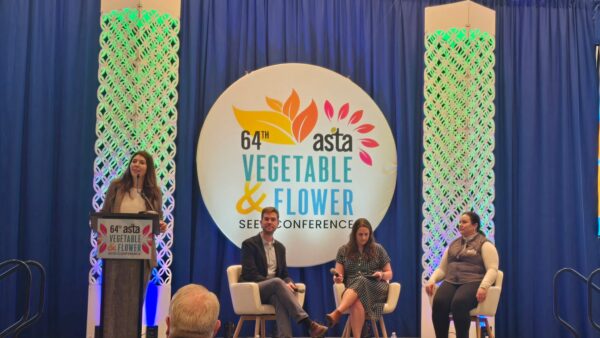
_x000D_
Even so, agriculture is insulated from some of the job- and credit-related problems that have plagued other businesses. “Agriculture does weather economic recessions, especially when it is caused by credit because growers can typically get credit even when people can’t borrow money to buy a house,” says Tray Thomas, founding partner of The Context Network._x000D_
_x000D_
While the rest of the economy is struggling to rebound from the downturn, the recession has not delivered the same harsh blow to agriculture._x000D_
_x000D_
“We’ve had an earnings recovery and a return to profitability, but there hasn’t been a housing or jobs recovery,” says Jim Schweigert, vice-president of business development for Gro Alliance LLC. “In agriculture you don’t have the level of automation to replace labour and so you already have that built in. Farming income has risen and land prices have been remarkably strong, so that helps the balance sheet of a lot of farmers. Farmers have paid down massive amounts of debt and have a very good debt to revenue position compared to where they were a few years ago.”_x000D_
_x000D_
Higher grain prices have helped and could stay high, especially if some of the other crop-producing regions, such as Russia and Australia, continue to have weather-related problems._x000D_
_x000D_
“Right now we have great yields and it has been a good year for production,” says Thomas. “It’s one of the few times in history where we have had both high yields and high prices.”_x000D_
_x000D_
Growing Demand_x000D_
Agriculture, it appears, is a unique economic force in itself, greatly influenced by an ever-increasing demand for the products that farmers grow._x000D_
_x000D_
“There’s an expanding demand for food on a global basis,” says Dean Cavey of Verdant Partners. “I think that is driven by a number of factors, not the least of which is the increasing prosperity in India and China, and the demand for more protein in the diets of the people of those countries. That, in turn, creates more demand for grains to feed livestock.”_x000D_
_x000D_
And, of course, demand for grains isn’t just coming from the food sector. The production of biofuels is creating more competition not only for crops like corn and soybeans, but also for the land to grow them._x000D_
_x000D_
Many experts are concerned the availability of land may become a crucial challenge to agricultural production in the future—land for agriculture competes with encroaching urbanization, and climate change threatens to make some of the existing arable land more vulnerable to extreme weather events like floods or drought._x000D_
The availability of land is one of the major reasons the agricultural industry, particularly the seed industry, is putting a huge emphasis on biotechnology to help solve the challenges associated with providing a growing world population with food and fuel on less land._x000D_
_x000D_
“The available land mass is shrinking and we’ve got demand increasing, so the only logical answer to that problem is increased efficiency on a per acre basis,” says Cavey. “That has to come from a combination of improved genetics, improved farming practices and improved traits that have, as an ultimate objective, improved yields.”_x000D_
_x000D_
Also, agricultural producers realize they can’t afford to be complacent. Farming is a constantly changing and dynamic practice. As farmers strive to squeeze more productivity out of every acre, they are turning to technology to help them do it. Precision agricultural equipment, GPS, soil mapping and variable-rate fertilization are helping them manage and operate their farms better. But nowhere is the new agri-tech revolution more evident than at the level of the seed._x000D_
_x000D_
“Traits are very important for farmers and for seed companies,” says Latham, although he says farmers are becoming more cautious about new technologies than they used to be because of some of the problems that are surfacing, such as herbicide resistance among weeds. “Farmers still believe in the technology but they are a little more sceptical over the last year or so,” he says. “The prices [of seed] have gone up considerably and they want to make sure they are getting the right bang for their buck. Before they always wanted newer and the most traits possible and now some of them realize that ‘for my farming operation, maybe I don’t need the most traits, I can live with less.’ ”_x000D_
_x000D_
Fierce Competition_x000D_
Nevertheless, there are certain traits most farmers want. Drought tolerance, improved nitrogen-use efficiency, herbicide and pest resistance are all on the radar. And there are far more companies competing to deliver those traits than there used to be._x000D_
_x000D_
“We have seen unprecedented growth in the value of seed products, and traits and there have been one or two companies holding most of the market power,” says Thomas. “As we move forward there are more and more companies with products that the farmer needs and, historically, when several different companies have access to sell those products, prices drop.”_x000D_
_x000D_
Although farmers, like most consumers, welcome the idea of lower prices, Thomas is concerned about the consequences a lower-priced market could have on seed and other agri-science companies._x000D_
_x000D_
“For the type of traits coming forward, the value-added is not always clear as in the past,” he says. “If competition takes the value out of this market so that these companies are no longer getting paid well for the technology that’s in the seed, they won’t have the money coming in, or be able to attract the necessary investment, to pay for research going forward. My fear is that if trait prices drop, we won’t have as much technology as we have had in the past and may lose our comparative advantage with other counties.”_x000D_
_x000D_
But one technology that is likely to feature more prominently in future global agricultural production is GM crops. “There has been a lot of talk about GMOs and their acceptance in some parts of the world,” says Cavey. “As the United States, Argentina, Brazil and even Eastern Europe start to move more heavily into the use of GM traits in order to produce better, cheaper crops, I think economics and supply and demand will eventually force Western Europe into acceptance of those types of GM products. That’s an important trend for the seed industry and for agriculture and farmers, and ultimately for consumers because it helps them to be assured of a constant supply of high-quality food at low prices.”_x000D_
_x000D_
Market Differentiation_x000D_
Others in the industry feel that increased competition may result in more opportunities through market differentiation._x000D_
_x000D_
“I think you are going to see more market segmentation,” says Schweigert. “I see a shift in the next decade or so to where you will have an organic supply that is kept separate and a particular GMO supply that is kept separate and you’ll have specific output traits that are kept separate from the main channel. I think that differentiation is going to encourage more high quality production versus more standardized production, and that’s going to add more value to the farmers who can produce to a higher standard.”_x000D_
_x000D_
Segmentation, he believes, will be driven by consumers who increasingly want specific properties incorporated into the food they buy, whether that is food of higher nutritional value, less fat, increased fibre or non-GMO._x000D_
_x000D_
“Agriculture’s ultimate value is with the consumer. We’ve been in a food delivery system where agriculture has just supplied raw product and the expertise in turning that normal, non-differentiated grain into a food or industrial product was held by the processor,” says Schweigert. “I think as we learn more about food science and crop production on a biological level we are able to take some of that special knowledge and put it into the grain side. Consumers have always wanted it, but we can actually do it now at the seed level, where before we had to do all that at the processing level. I think that’s a big shift.”_x000D_
_x000D_
Increased Regulation But the growing expectation of consumers, with respect to food safety and choice in the marketplace, is hampering their ability to access the products they want. Regulation across the agricultural sector, covering everything from dust control and chemicals to labeling requirements, is adding an extra burden at all levels of agriculture that isn’t likely to ease off._x000D_
_x000D_
“Because we sell our products directly to consumers to eat we get more scrutiny than other industries,” says Thomas. “People care more about what they are going to feed their children than about what shampoo they are using.”_x000D_
_x000D_
Many involved in agri-science are worried that increased regulation may become an impediment to the introduction of new technologies and products. Just a few years ago it took approximately six months for a new product to get through the regulatory process in the United States, whereas now it could take three to five years._x000D_
_x000D_
“What the regulation slowdown has done in practical terms is drop things out of companies’ pipelines. If a product is going to take longer to get through the approval process they can’t afford to support it,” says Thomas. Angela Lovell


